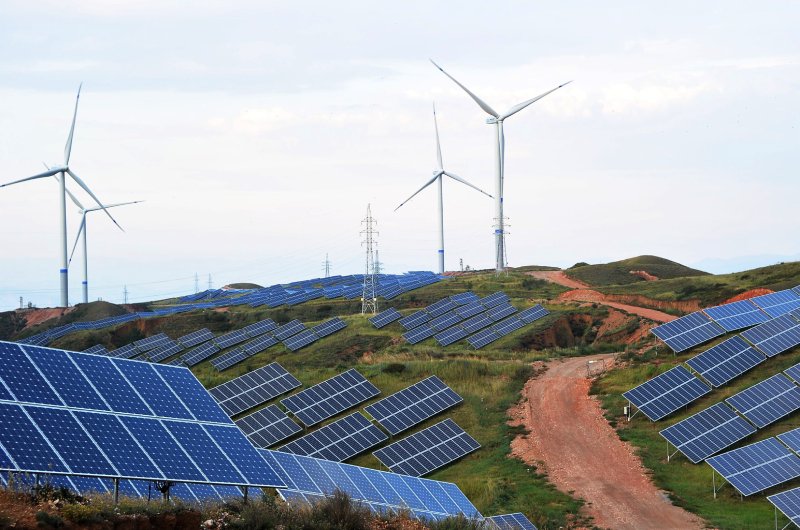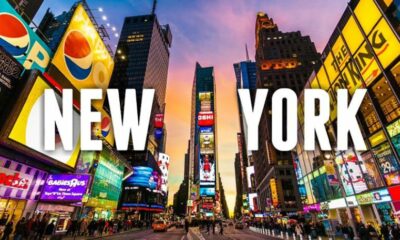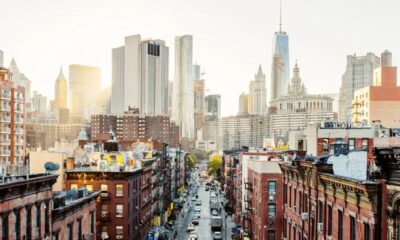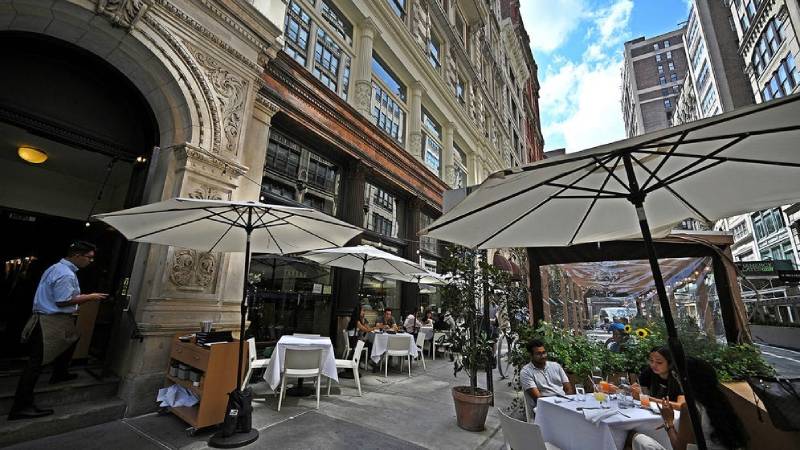World
New York City will switch from its largest fossil fuel plant to wind power in a first for the United States

Offshore wind power will take the place of the largest fossil-fuel plant in New York City, which currently powers 20% of the city.
The fossil fuel plant in New York City that will become an offshore wind hub is Ravenswood Generating Station. The Big Apple’s largest power plant is a 2,480-megawatt (MW) facility in Long Island City, Queens, across from Roosevelt Island.
Rise Light & Power, a New York-based energy asset manager and developer with Ravenswood as its core asset, is responding to the state’s offshore wind solicitation today by submitting a proposal to the New York State Energy Research and Development Authority (NYSERDA) with support from community and state leaders.
Here’s how it will work
Simply put, the 27-acre waterfront oil and gas industrial site will be transformed into a clean energy hub that will use offshore wind power to power one-fifth of New York City.
New York ratepayers will benefit financially as a result of the Ravenswood offshore wind project’s reuse of existing electrical and physical infrastructure.
At the location of the existing power plant, an HVDC conductor cable will be brought onshore. Through underground HVAC cables, the cable will connect to the NYISO bulk electric system at existing substations adjacent to the site.
It will also develop into a hub for offshore wind operations and maintenance hub, which will encourage economic investment into a historically underserved community and support the fair transition of the workforce at fossil fuel plants.
Rise Light & Power claims that the project will justly transition and upskill Ravenswood’s current Local 1-2 UWUA employees through job opportunities and training programs.
Additionally, eliminating fossil fuels will improve the air quality in Western Queens, which has a higher rate of asthma. In fact, it’s called “Asthma Alley,” so it shouldn’t come as a surprise that the community is very supportive of this important change.
-

 Sports4 weeks ago
Sports4 weeks agoAl Ahly vs Inter Miami, 2025 FIFA Club World Cup – Preview, Prediction, Predicted Lineups and How to Watch
-
Health3 weeks ago
Back to Roots: Ayurveda Offers Natural Cure for Common Hair Woes
-

 Tech3 weeks ago
Tech3 weeks agoFrom Soil to Silicon: The Rise of Agriculture AI and Drone Innovations in 2025
-

 Startup4 weeks ago
Startup4 weeks agoHow Instagram Is Driving Global Social Media Marketing Trends
-

 Sports3 weeks ago
Sports3 weeks agoFIBA 3×3 World Cup 2025: Full Schedule, Preview, and How to Watch
-

 Science4 days ago
Science4 days agoJuly Full Moon 2025: Everything You Should Need to Know, When and Where to See Buck Moon
-

 Gadget3 weeks ago
Gadget3 weeks agoThings to Know about Samsung Galaxy S26: What’s New and What’s Next
-

 Sports4 weeks ago
Sports4 weeks agoWorld Judo Championships 2025: Full Schedule, Date, Time, Key Athletes and How to Watch




















